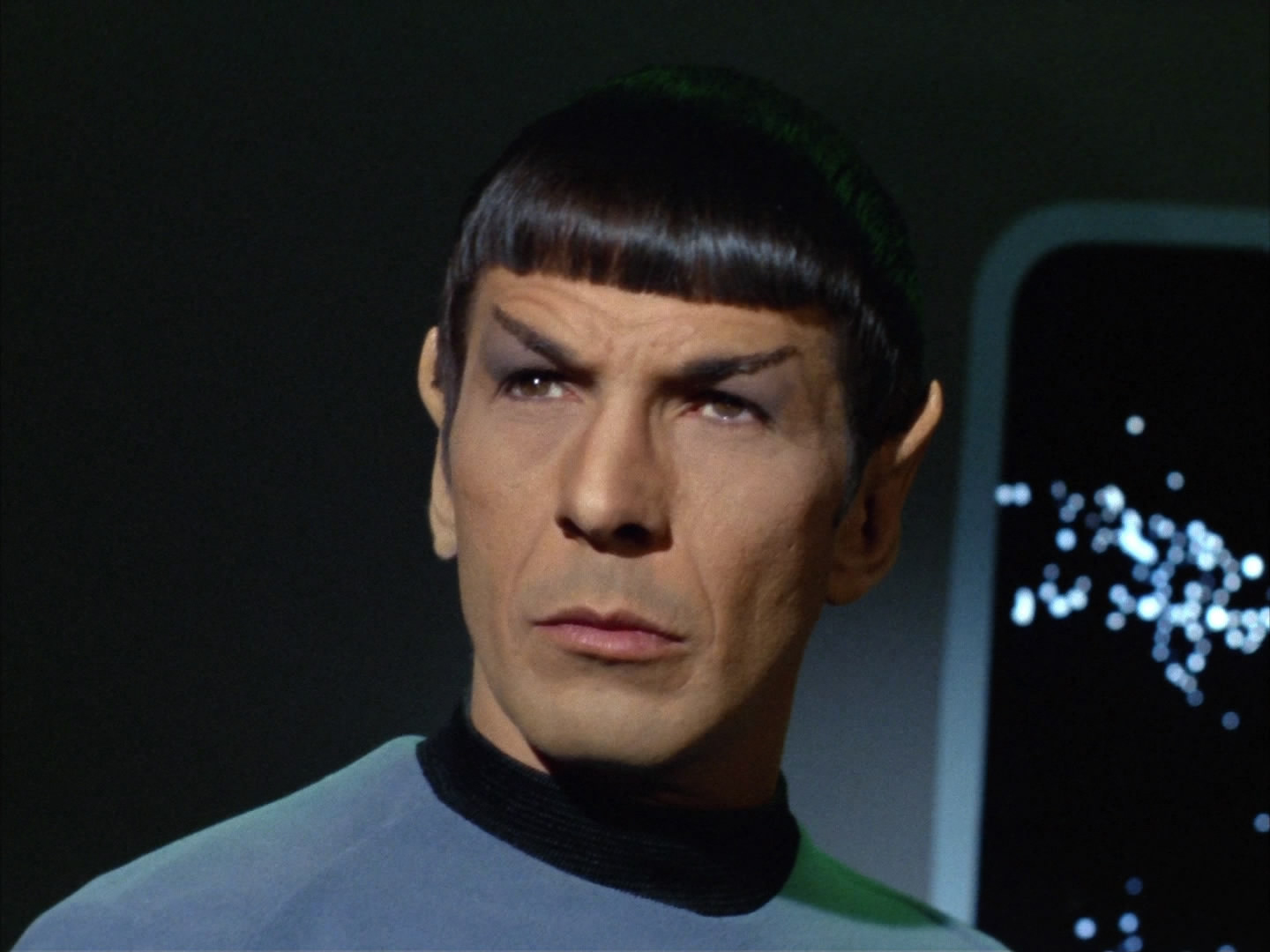The paper, Pain
Most recent blogposts:
Part 12: Action! 12b: Examining the motor system, first pass. 12c: Motor output and nervous systems - where they EACH came from Part 12d... deeper and deeper into basal ganglia
SEE ALL PREVIOUS BLOGPOSTS IN THIS SERIES LISTED AT THE END
We are deep into the inlet now, our little detour from examining Melzack and Katz's paper, sidetracked by the section to do with Action Neuromatrix.
 |
| Source Deep in the inlet |
It's all very fascinating, but I think this will have to be our last day of detour; we'll have to turn around and go back, because I want to get back to the paper itself.
Last look around at basal ganglia
Mason explains that basal ganglia are "choosers." So, if you dither around, can't make up your mind about something, maybe you can blame these little nuclei.
She says,
"Consider the clerk at a grocery store. As the clerk scans through one customer's items, a shopper asks, "Where could I find chicken broth?" Clerks, particularly novices, typically stop scanning items as they look up, think for a moment, and then tell the shopper the number of the aisle that contains soups and broths. Yet, continuing to scan grocery items while answering a question presents no true motoric challlenge. In other words, moving items past a scanner and speaking are both easy movements and since they employ non-overlapping musculature, nothing physical prevents the two movements from occurring simultaneously. Only because of the basal ganglia's influence do the two nonconflicting movements not occur together."
Then a big heading... OUR DEFAULT CONDITION IS TO DO NOTHING.
"One can think of the basal ganglia as one large wet blanket, greatly hindering movement - or thought or emotion - until and unless the importance of an action reaches a critical level. When a candidate action becomes imperative, the basal ganglia release only the imperative action from suppression while maintaining the wet blanket over all other mutually exclusive actions. "
Huh. Sounds like the basal ganglia are there to be noise cancellers, so the rest of the brain can focus on whatever it finds the most salient signal at the time:
Wow. They really are choosers. And this is all subcortical choosing going on, lest we forget.. critter brain is choosing.
Mason again:
But wait, there's more! There is... habit formation! I think we are now into neurotag land, where Lorimer Moseley has shone a big light.
Mason again:
Big heading: GROUPING TOGETHER OFTEN REPEATED MOVEMENTS ENABLES SIMULTANEOUS ACTIONS
Sounds also like neurotag formation.
Mason:
Mason finishes by noting that an experienced check-out clerk will be able to answer a question from a shopper and scan items at the same time, effortlessly.
So, that was just a short 'n quick detour - there is so much more about motor output to cover - where it comes from, more about how it's managed, what the hook-up details are, the chemistry involved - I didn't even look at those.
But it's been fun. I found out what that space-ship looking thing is (kind of) about. It's not monolithic - there are many many nuclei involved, that should not have been called "ganglia" in the first place... the name, "basal" means they are directly underneath something else important in there, the white matter of the cerebral cortex (source). The bits comprising it change out once in awhile as more info trickles in.. for example, the amygdalae used to be grouped into BG, but aren't anymore, those kinds of details. I found a pretty nice bunch of online resources (see below) if anyone wants to continue on
But for now, it's time for me to turn around, head back to Melzack and Katz, and pick up where we left off.
"Determining which action to allow out from under the basal ganglia's suppressive clamp depends a lot on circumstances. The action judged most salient based on present conditions and past experiences wins the competition, and the basal ganglia release this action from inhibition. Other potential actions, losing competitors to the winning action, remain suppressed by the basal ganglia. If circumstances change, and a different action becomes sufficiently imperative, the basal ganglia interrupt the current action and release the newly imperative action from inhibition."
 |
| SOURCE Basal ganglia... Fascinating.. |
Wow. They really are choosers. And this is all subcortical choosing going on, lest we forget.. critter brain is choosing.
Mason again:
"As we move through the world, the basal ganglia paces and sequences particular actions to fit with external conditions, our own judgements of urgency, and lessons learned from past actions."Wow. That is very neuromatrix- sounding, isn't it?
But wait, there's more! There is... habit formation! I think we are now into neurotag land, where Lorimer Moseley has shone a big light.
Mason again:
Big heading: GROUPING TOGETHER OFTEN REPEATED MOVEMENTS ENABLES SIMULTANEOUS ACTIONS
" The basal ganglia repeatedly select actions or series of movements with positive outcomes. When such a series of movements is selected over and over again, occurring in sequence time after time, the basal ganglia group those related movements together."This sounds like musical instrument playing, or dance moves or martial arts or weight-training or yoga or any practiced skill.
Sounds also like neurotag formation.
Mason:
"Chunking of related and often repeated movements enables a series of movements to be relatively hard-wired together. Thus, chunking permits a sequence of movements to occur without the need for selecting each component movement ... once learned, chunked behaviour can easily be chunked with other behaviours.. [e.g., type a whole word on a computer as though it were one single action] ... instead of a long sequence of individual movements...
Along with the advantages of chunking comes a disadvantage - once started, a chunk is difficult to interrupt. Once you start signing your name, it requires deliberate effort to stop in the middle. The difficulty in interrupting a chunk stems in part from the independence of that chunk from its outcome. In other words, we complete chunks regardless of whether they produce positive, neutral or negative results. Freeing chunks from contingencies enables us to easily perform complicated movements without focused thought and attention and allows people to achieve many of their goals automatically. However, dissociating actions from resulting outcomes also promotes completion of acts that may not always serve us well.
The aggregation of basic chunks into more and more complicated chunks enables the assembly of complex behaviours. For example, washing hands forms one of the building blocks and combines with washing hair and many other washing and drying chunks to automate taking a shower. Such layered chunking allows action selection to work on loftier choices than would be possible in the absence of chunking. Thus one chooses between taking a shower and fixing breakfast rather than between supination or pronation of the wrist. In sum, we perform many, if not most, of our daily activities by initiating packages of motor behaviour, initially formed into chunks by the basal ganglia."Recall the Orthinology yarn by Moseley.
Mason finishes by noting that an experienced check-out clerk will be able to answer a question from a shopper and scan items at the same time, effortlessly.
"Thus, the basal ganglia allow multi-tasking only when all but one task are performed by habit as chunks, freeing cortex to initiate nonroutine actions. When sufficient need or urgency arise, rote execution of a chunk is interrupted to support a "single-minded" action"My basal ganglia get a real workout every time I have to learn a new thing on a computer.
.....
So, that was just a short 'n quick detour - there is so much more about motor output to cover - where it comes from, more about how it's managed, what the hook-up details are, the chemistry involved - I didn't even look at those.
But it's been fun. I found out what that space-ship looking thing is (kind of) about. It's not monolithic - there are many many nuclei involved, that should not have been called "ganglia" in the first place... the name, "basal" means they are directly underneath something else important in there, the white matter of the cerebral cortex (source). The bits comprising it change out once in awhile as more info trickles in.. for example, the amygdalae used to be grouped into BG, but aren't anymore, those kinds of details. I found a pretty nice bunch of online resources (see below) if anyone wants to continue on
But for now, it's time for me to turn around, head back to Melzack and Katz, and pick up where we left off.
 |
| Heading back now |
Further reading
......
Previous blogposts
Part 1 First two sentences Part 2 Pain is personal Also Pain is Personal addendum., Neurotags! Pain is Personal, Always.
Part 3a Pain is more than sensation: Backdrop Part 3b Pain is not receptor stimulation Part 3c: Pain depends on everything ever experienced by an individual
Part 4: Pain is a multidimensional experience across time
Part 5: Pain and purpose
Part 6a: Descartes and his era; Part 6b: History of pain - what’s in “Ref 4”?; Part 6c: History of pain, Ref 4, cont.. : There is no pain matrix, only a neuromatrix; Part 6d: History of Pain: Final takedown Part 6e: Pattern theories in the history of pain Part 6f: Evaluation of pain theories Part 6g: History of Pain, the cautionary tale. Part 6h: Gate Control Theory.
Part 7: Gate control theory has stood the test of time: Patrick David Wall; Part 7b: Gate control: "The theory was a leap of faith but it was right!"
Part 8: Beyond the gate: Self as mayor Part 8b: 3-ring circus of self Part 8c: Getting objective about subjectivity
Part 9: Phantom pain - in the brain! Part 9b: Dawn of the Neuromatrix model Part 9c: Neuromatrix: MORE than just spinal projection areas in thalamus and cortex Part 9d: More about phantom body pain in paraplegics
Part 10: "We don't need a body to feel a body." Part 10b: Conclusion1: The brain generates its own experience of being in a body Part 10c:Conclusion 2: Your brain, not your body, tells you what you're feeling Part 10d: Conclusion 3: The brain's sense of "Self" can INclude missing parts, or EXclude actual parts, of the biological body Part 10e: The neural network that both comprises and moves "Self" is (only)modified by sensory experience
Part 11: We need a new conceptual brain model! Part 11b: Intro to a new conceptual nervous system Part 11c: Older brain models just don't cut it Part 11d: The NEW brain model!
Part 11: We need a new conceptual brain model! Part 11b: Intro to a new conceptual nervous system Part 11c: Older brain models just don't cut it Part 11d: The NEW brain model!
1 comment:
That was fascinating thanks Diane (and sadly i look around and think who can i discuss that and it's implications with ... and then smile and head off to somasimpleville).
Post a Comment